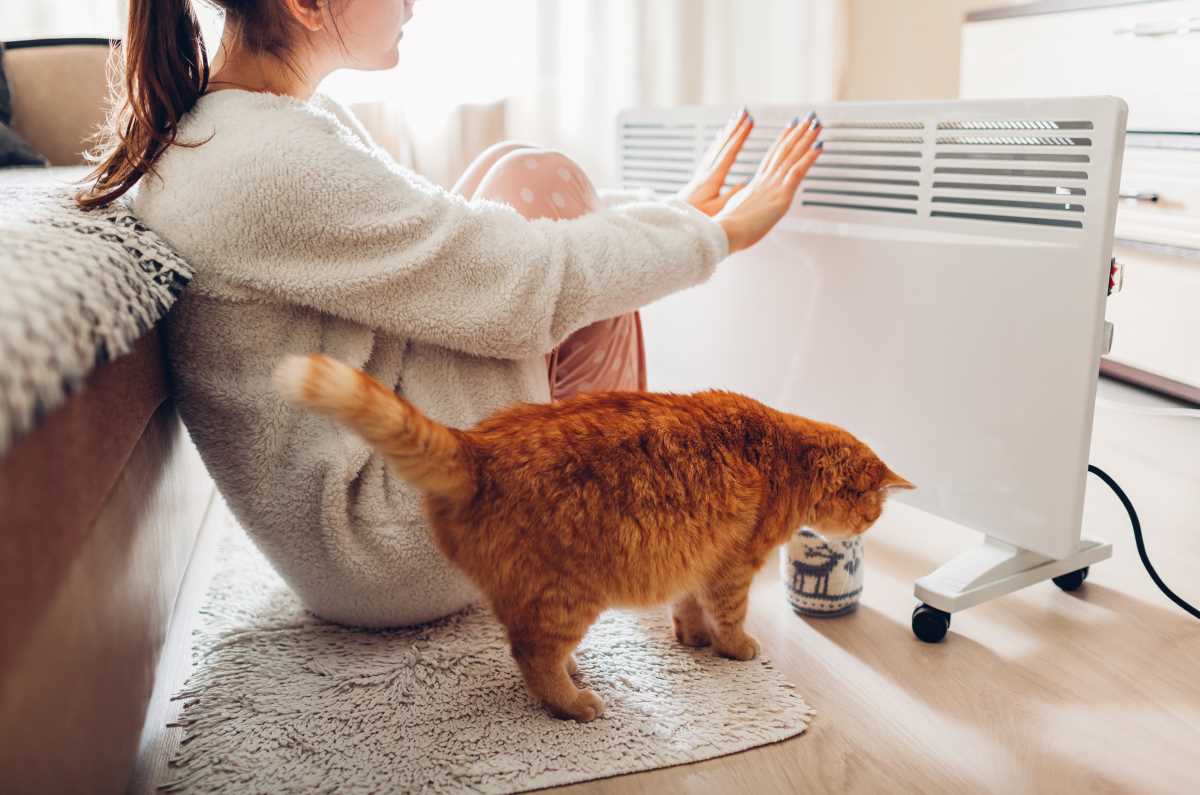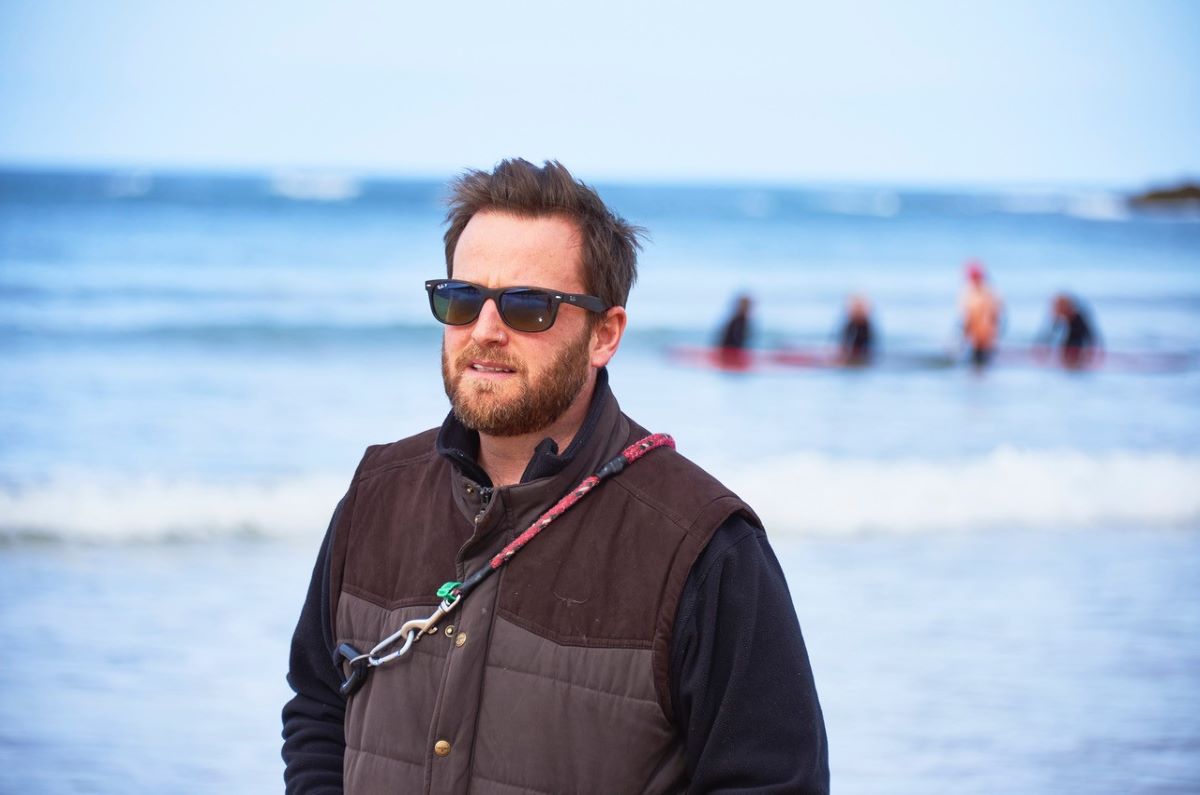Guest blogger Phil Cole
Hi I’m Phil Cole. I’m 47 years old and have a young family. Ziggy is just over a year old now and my long suffering partner Marie is an amazing mother. She always carries on despite the extra stresses my condition brings to our lives.
My musculoskeletal situation is complicated…
I officially have psoriatic arthritis, an autoimmune inflammatory condition similar to rheumatoid arthritis. It affects all of my joints and organs.
But recently I’ve been under the care of an immunologist investigating rare immune diseases, in conjunction with my endocrinologist and many other ‘ologists’.
I’m prone to infections and am mostly always sick with something. The only good thing about this lockdown is I haven’t been out much and been exposed to germs – so I’ve haven’t caught as much as I normally do. Sometimes these infections can last months.
But the jury’s out on what I have, unfortunately. We know it’s immune-related, we know it’s inflammatory, that’s it so far. I’ve probably had it in some form for most of my adult life, but it’s over the last ten years that its really gotten worse. I also have some added complications due to my Army Service – bad knees and other injuries that don’t help.
Day to day life
Like other people living with a chronic condition, it affects my day to day life. And it’s gotten progressively worse each year.
Chronic pain and exhaustion are the most debilitating factors. I have some mobility issues that flare and have had to give up activities I loved – like kite surfing and skiing.
To be truthful every day is some version of the same struggle. Frustration is the hardest thing. It’s like I’m stuck in a sick Groundhog Day (remember that movie with Bill Murray?). There’s no improvement over all. In fact it’s been heading the other way.
My condition affects my future plans to some degree, but overall we try to plan and live as if I will improve someday, as any plans are not just for me.
Coping strategies
In the past my coping strategies weren’t great. It involved a lot of self-medication and isolation.
But I’m really happy to say that all changed after I attended a pain clinic nearly two years ago.
Since then I’ve been off all my opioids and I have more of a framework to help deal with the pain and bad flare ups.
Having the right mindset is really important. For me it’s knowing I can at least run the clock out on this flare up – just get up every morning and keep going. There’s others far worse than me out there suffering.
Regular walking and stretching, mindfulness, hot chips with grated cheese and baked beans helps too.
This is all a work in progress – trying to stick to a schedule with all the above isn’t always easy with a one year old terrorist hiding your car keys!
I wish people knew…
When it comes to my condition I wish people knew that a lot of the worst symptoms are invisible to anyone outside of your immediate family. And that’s because they have to live with it too.
Chronic pain isn’t like normal pain, just as exhaustion isn’t the same as being tired. There’s literally no break from it, no return to normal life.
Both of these things are impossible to convey to others. In fact I don’t, or try not to these days.
It’s not anyone’s fault at all. These things are subjective to a great extent and the nature of the degeneration and symptoms are largely hidden from view.
Some annoying/frustrating things I hear about my condition
This will probably ring true for most people living with a musculoskeletal condition, but it can be annoying when people say “you look well”. I know it’s not their fault, they often don’t know any better. But I did have an ‘ologist’ say exactly that to me last week – now they should know better.
Then there’s the usual stuff – “it improves in good weather” or “I’m tired too” or “have you tried X?” or “my aunty tried X and now she’s better”. Most times it turns out that X is a pseudoscience.
This all comes from a good place so it’s not that annoying really. It’s just that it always happens.
So I now try to look at it as more info to consider. One day someone might have just the right idea or advice, so I’ve decided the best thing to do is listen and then apply some critical thinking to the claim.
Some tips and advice I’d like to share with others
Hands down the best thing I ever did to manage my condition was attend a pain clinic. It taught me how to live with chronic pain and even reduce it, as well as how to get off all the drugs I was taking to manage it.
Some other things I’ve learned along the way:
Own it – don’t rely on others to fix you. You may be lucky and your pain goes away or your condition gets better, but realistically, this is unlikely to happen. So own it.
You have to keep on top of all your specialists. The current model is your GP manages all of your specialists, but in my experience this only exists on paper. That’s why you need to be on top of it all. And try to stay up to date as far as the research and current consensus is for your condition. If, for example, ‘eating oranges cures psoriatic arthritis’ then that will show in the consensus. Until then, it’s just speculation, not fact.
It can be hard to keep on top of it all, but do your best. Keep an open mind, but not so open your brain falls out.
Learn and practice critical thinking methodologies and have a basic understanding of the scientific method. These are not just catchphrases but a learned skill. You can use these real step-by-step methods to evaluate potential treatments, drugs, research your condition and challenge specialists – at the very least it will save you time filtering the interweb.
Be the custodian of ALL your medical records. Get a copy of every single test and scan you have. Consider keeping them organised online using a cloud drive like Google Drive or Dropbox so you can access them in real time at any of your appointments. Some pathology centres will email the results to you. So it can’t hurt to ask.
If you know how, transcribe all your results into a master spreadsheet. You can see patterns over time. This has been instrumental in my diagnosis and realisation that what’s going on with me is more complicated than a ‘normal’ rheumatological condition.
Other tips:
- Learn the medical lingo.
- Try to eat well.
- Get referred to a chronic pain clinic.
- Learn about sleep hygiene – or the habits and everyday practices that help you sleep well. This includes things like exercise, having a nighttime routine, turning off screens etc. This is so important!
- Don’t ever give up, especially trying to find a diagnosis.
I’m participating in Walk in July for MSK
It’s a great excuse to see how I go on a longer walk than I’m used to. It’s also my chance to help out a great organisation and generally rib the CEO Rob Anderson along the way (or get him to buy me a coffee at least!).
Final words
I think most people living with musculoskeletal conditions have the same struggles. Generally there’s only so much you can do to slow the progression of the condition and limit the pain, exhaustion and mobility issues.
At its core it’s a big, lifelong mental battle. It can be very isolating dealing with that every day, you have to try and come to terms with the fact that your life has changed forever and there’s no cure…yet.
So you must adapt, and seek out the positives…you’ll find there’s many if you look for them.
Believe me, I know it’s not always easy to do. There’ll be some dark days ahead – that’s why acceptance is so important.
Things that your old self loved to do may no longer be an option – try and find new stuff to replace that old stuff.
In the end you may find your life becomes much more simplified in many ways, and that’s a really good thing.
Contact our free national Help Line
If you have questions about things like managing your pain, COVID-19, your musculoskeletal condition, treatment options, telehealth, or accessing services be sure to call our nurses. They’re available weekdays between 9am-5pm on 1800 263 265; email (helpline@msk.org.au) or via Messenger.
More to explore












